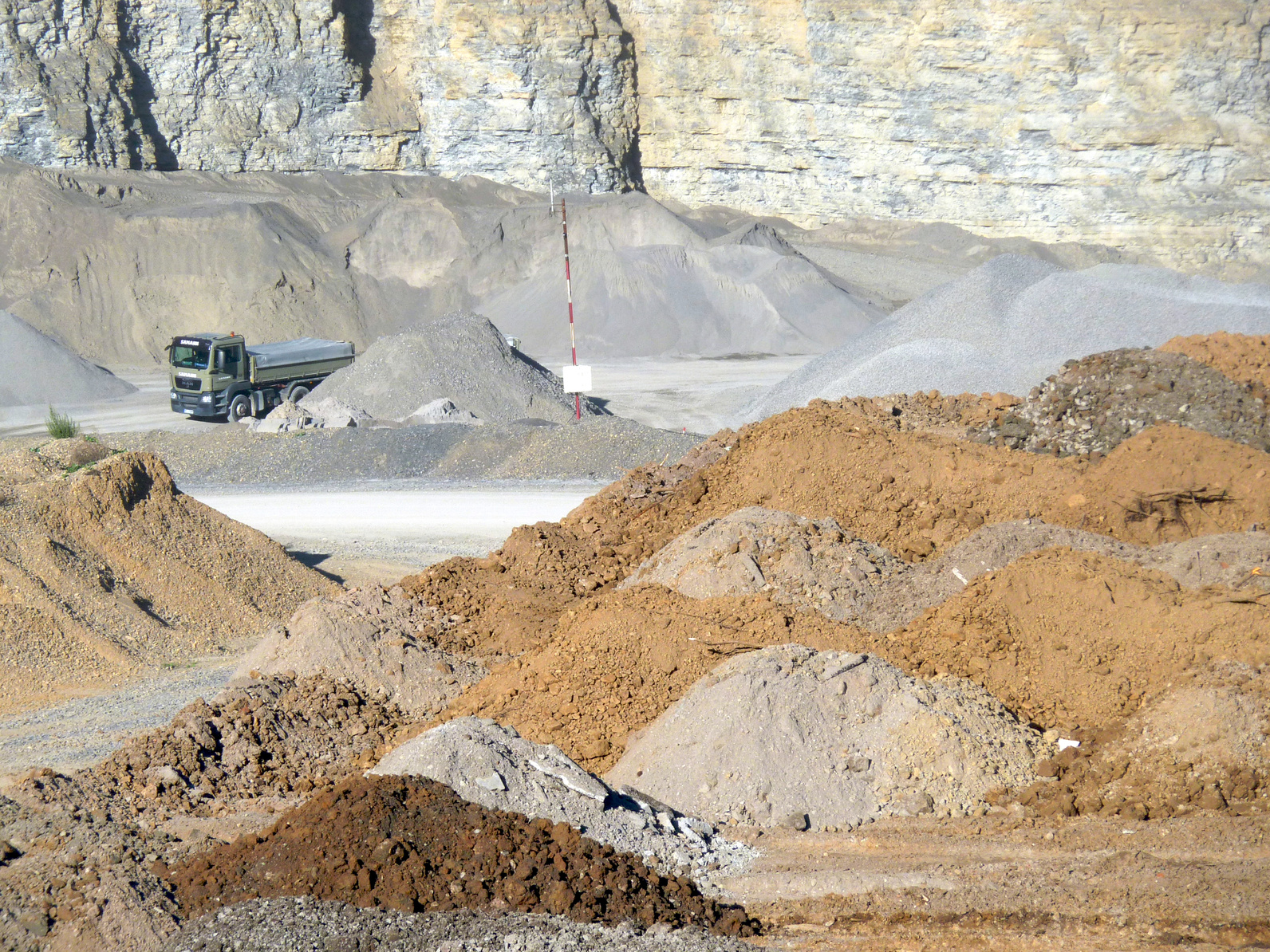Ms Krautzberger’s proposal is one among a number of others put forth by the German Environment Agency to conserve and use resources more efficiently:
- Value added tax (VAT) reform: Resource-efficient goods should be subject to a lower VAT rate of seven per cent. A VAT system which differentiates based on ecological criteria would be feasible, pending changes to corresponding EU legislation. “It will certainly be no easy discussion but it is one which must be held in the EU. The system could also be applied in Germany for services such as repairs”, said Ms Krautzberger.
- Obligatory environmental and social standards for resources along the whole value added chain. Ms Krautzberger remarked: “Consumers and businesses often have no opportunity to opt for resource-efficient products. Standardised certification would put an end to that.”
- Materials in the building sector should be cheaper if few or no primary raw materials were used to manufacture them. Recycled concrete is an apt example: its production consumes up to 45 per cent less grit.
- Product-specific recycled material ratios: Recycled material ratios in plastics production should be established at European level with the aim of increasing the use of secondary plastics. This could include provisions to increase the minimum share of recycled plastic in plastic bags and rubbish bins.
- Introduce minimum and information requirements: The EU Ecodesign Directive should be amended to include criteria concerning material efficiency and product lifetime. Such a “second price tag” would complement the current labelling for energy consumption, thus making resource efficiency more transparent.
“These measures should be accompanied by national resource protection legislation in Germany. It is the only way to ensure that responsible resource management becomes a part of environmental protection policy which must be taken into account across the political spectrum”, said Ms Krautzberger.
Ms Krautzberger also pointed out the close correlation between resource efficiency and climate action, saying: “The less raw materials we use the easier climate action becomes. Every tonne of copper that is recycled instead of being extracted new from the earth saves half the energy needed in processing. Every home built with recycled concrete saves energy and cuts greenhouse gas emissions. Resource protection is a form of climate action – and vice versa.”
The current resources report of the German Environment Agency for the first time presents combined figures on the consumption of raw materials in Germany. The figures are also compared with other international figures. The report also considers the indirect costs of raw material consumption to the environment: consumption of land, water and unused material. As an example: it takes 70 tonnes of materials to manufacture an automobile weighing one-and-a-half tonnes.
Links:
Download the resources report:
www.umweltbundesamt.de/resourcesreport2016
Conference information online:
www.resourcesforum.eu, www.ressourcenforum.de
Follow on Twitter: #2016erf and #2016nrf


